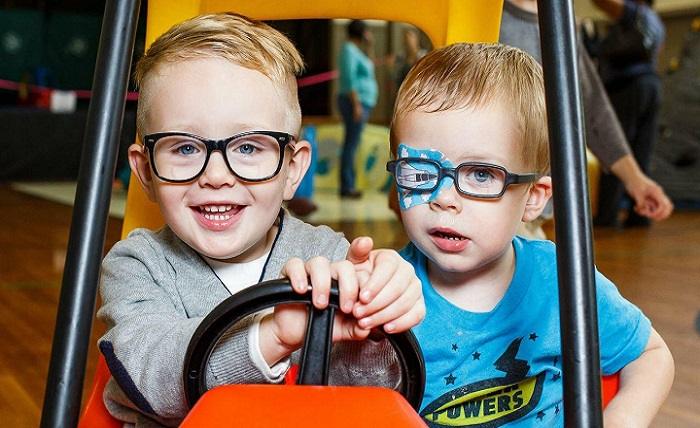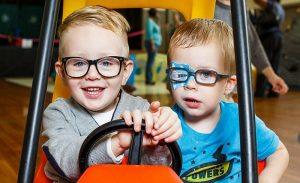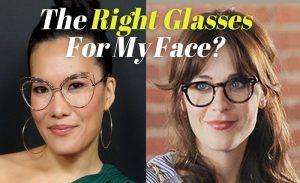Let’s be honest: little kids aren’t great at telling you, “Hey, I can’t see that!” Most of the time, they’re too busy chasing bugs or creating wild adventures between the sofa and the fridge. It’s easy to miss the subtle hints that their squinting isn’t just from sunshine, or that their complaints aren’t just another excuse to skip cleanup time. If you’re wondering whether your child might need glasses, you’re not alone—plenty of parents have been right there, squinting right back at their kids, trying to figure it out.
The Everyday Stuff That Tells the Story
Kids drop little clues in their daily routines. You’ll probably spot a few of these sooner or later:
- Squinting or covering one eye to see better, especially when looking at something far away or watching TV.
- Sitting too close to the screen, whether it’s a TV or a tablet (sometimes their noses are almost touching the thing).
- Head tilting—maybe you think it’s just a cute quirk, but sometimes it’s a way to “fix” blurry vision.
- Rubbing eyes a lot, even when they’re not tired or cranky.
- Losing track of where words are on the page when reading. Kids in authentic Montessori schools, where there’s lots of hands-on learning and close-up activities, might bump into things or get frustrated quicker than their peers.
- Complaining of headaches, especially after school or focused activities.
- Avoiding puzzles, coloring, or other quiet play that needs sharp vision up close.
Funny Faces and “Oops” Moments
Sometimes, it’s the little things—a dropped cup, constantly tripping, missing steps, or bumping into—well, everything. Sure, some kids are just a bit clumsy, but when they keep missing high fives or stack blocks just a little off, sometimes it’s because they’re working with fuzzy vision.
School Problems Aren’t Always Discipline Problems
You might get a call from the teacher: “They’re having trouble following along,” or “It looks like they’re zoning out.” Don’t assume it’s always about attention or attitude. If your child can’t see the board or their worksheets clearly, frustration sets in fast, and behavior can slide. Montessori-style classrooms, with their focus on individual choice and hands-on work, can actually highlight vision issues sooner—kids who can’t engage in group or solo projects might be struggling with their sight and not just the task itself.
Trust Your Gut (And the Eye Doctor)
If something feels off, don’t wait for that annual checkup. Eye exams don’t hurt and are usually pretty quick. Most pediatricians will suggest your child get a baseline eye exam at a young age, but if you notice the behaviors above, mention them specifically to the doctor.
And here’s a reassuring extra: catching vision issues early usually means easy fixes—sometimes glasses, sometimes a little extra eye exercise. The world gets a lot brighter when your kiddo can finally see all the details they’ve been missing.
Eyesight blues don’t have to slow anyone down. Keep an eye out (see what I did there?) and, with a bit of luck and some stylish new frames, your child can keep exploring the world—one clear-eyed adventure at a time.

Expert in glasses with 8 years of experience, Isabella Lane dives into the world of eyewear. Explore their insightful content on the latest trends, lens technology and styling tips for a clearer vision.











